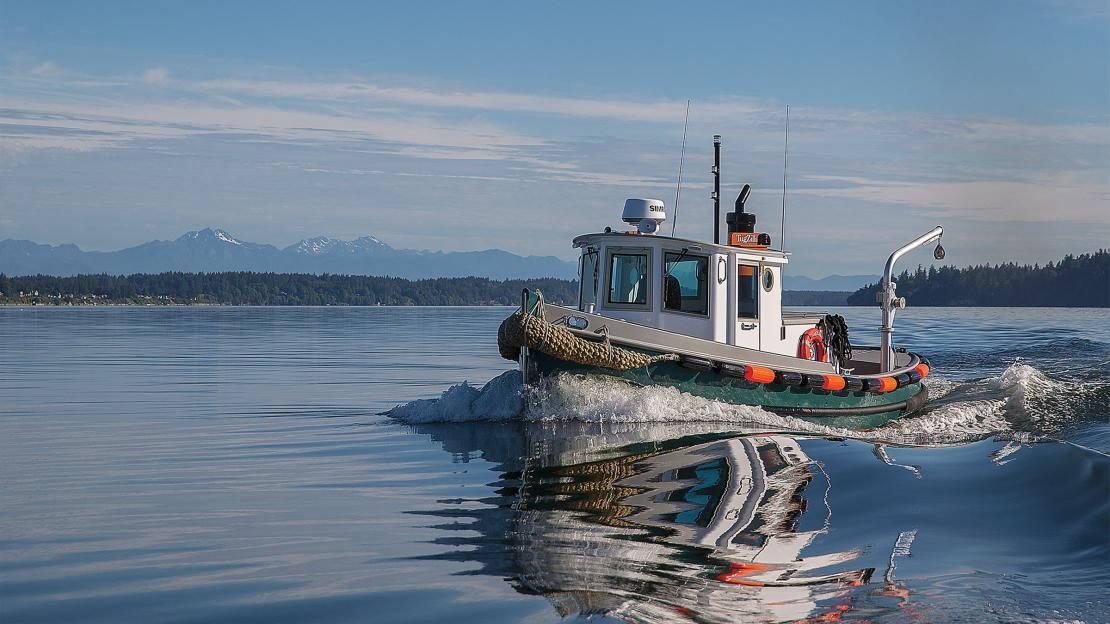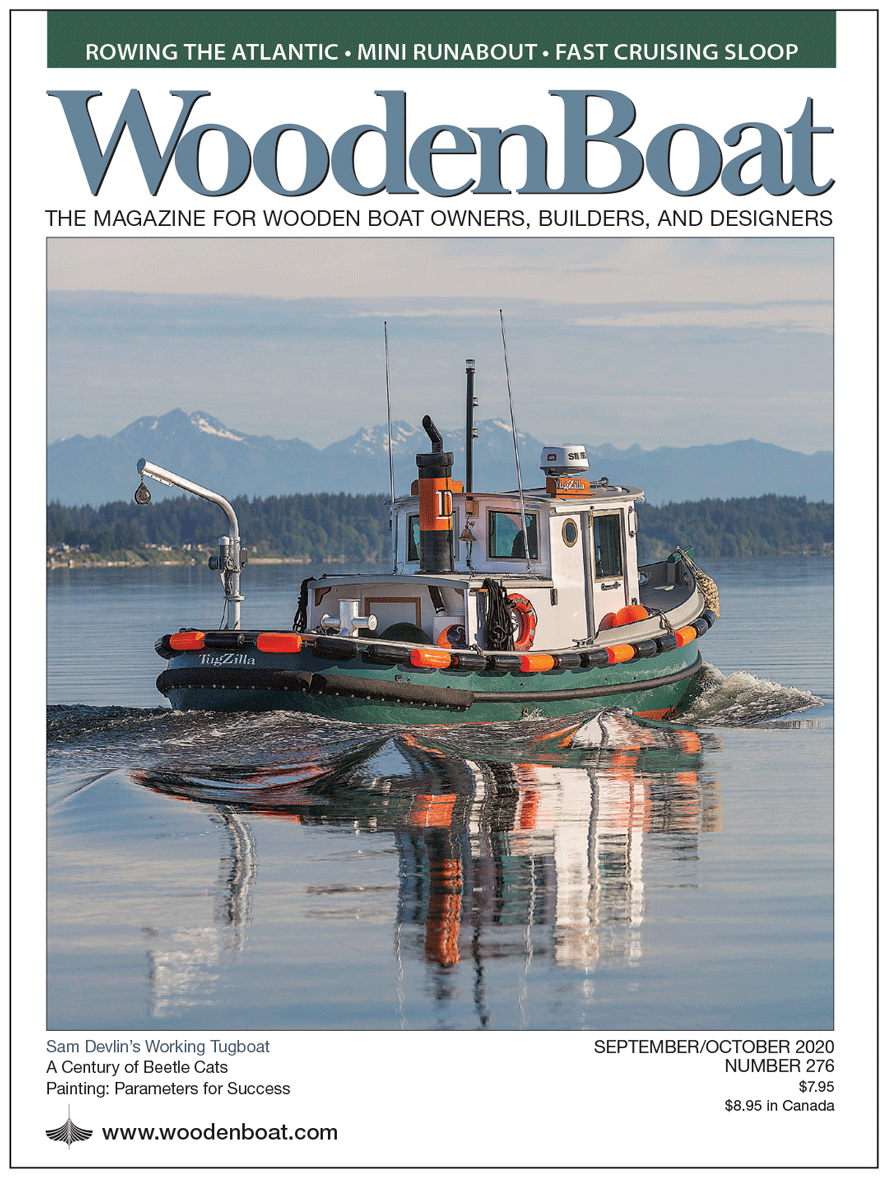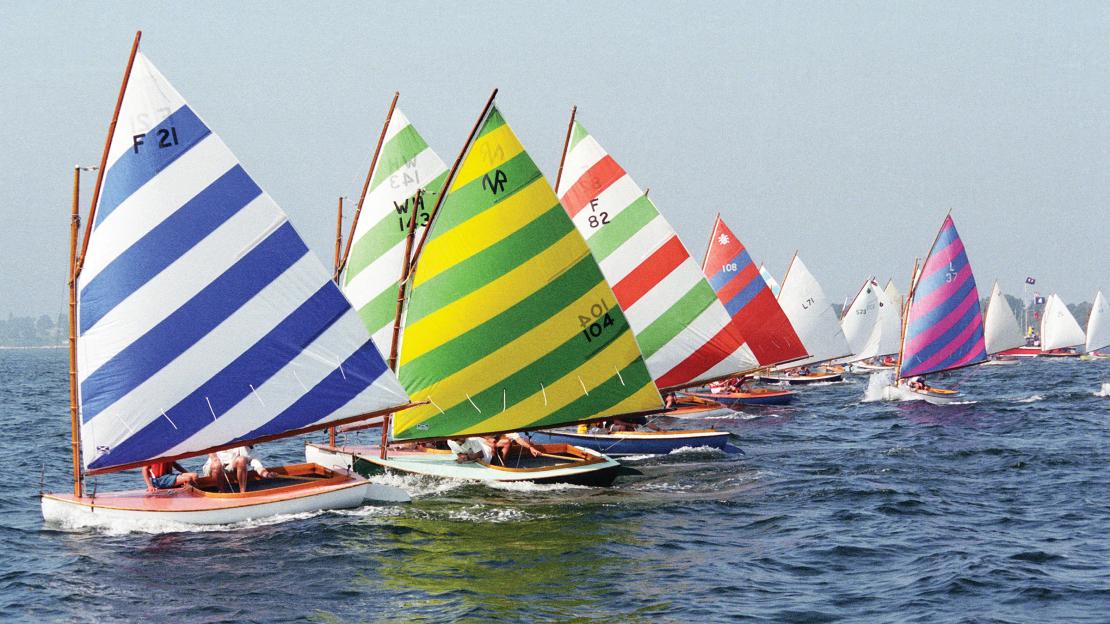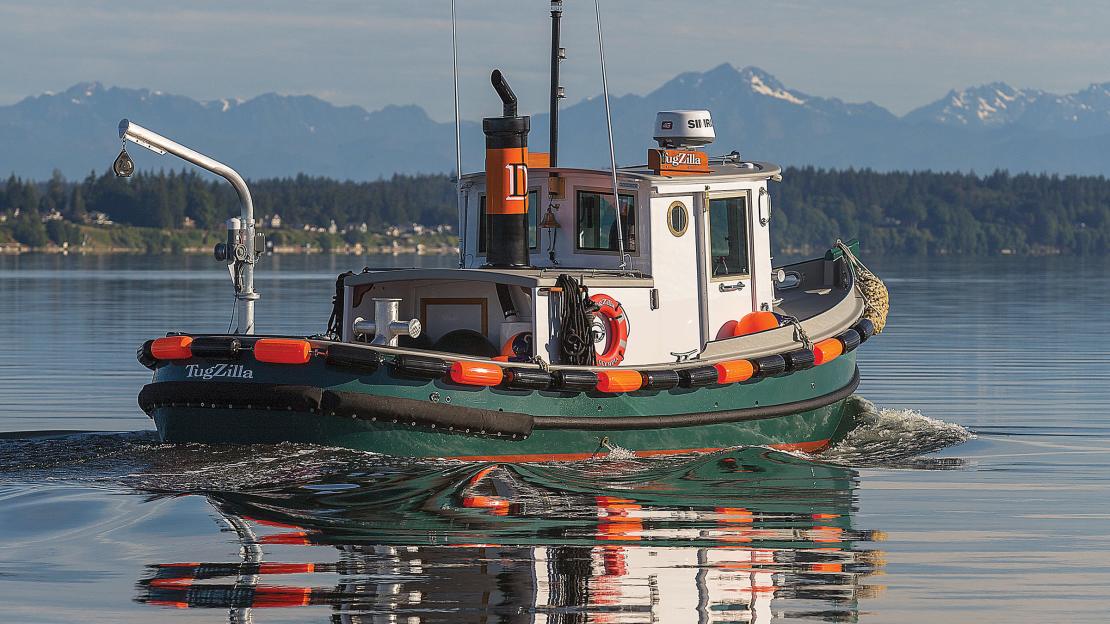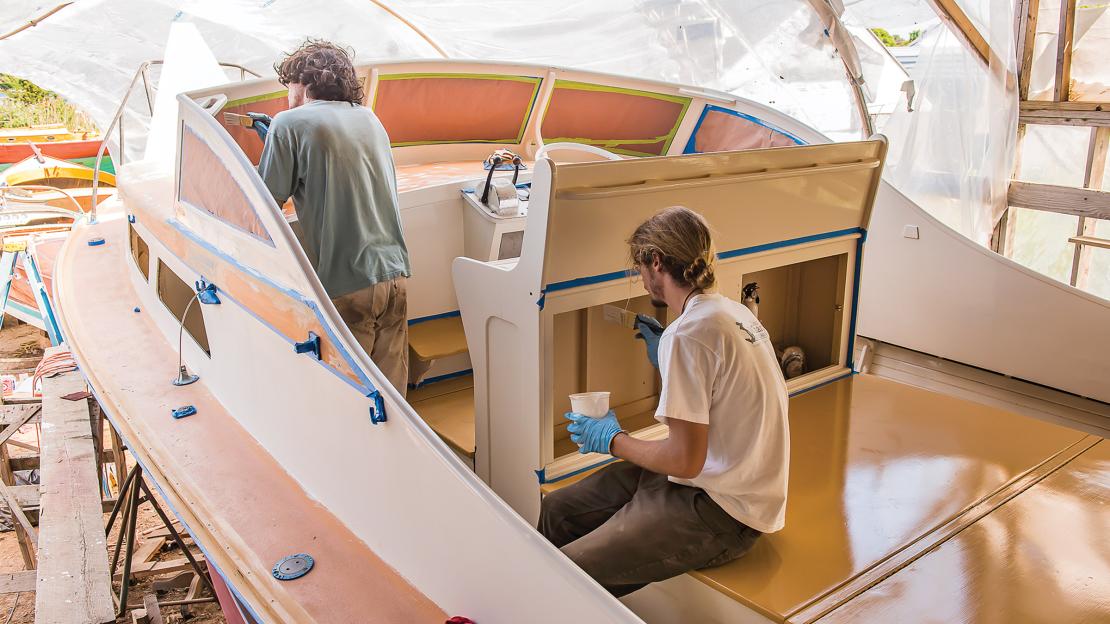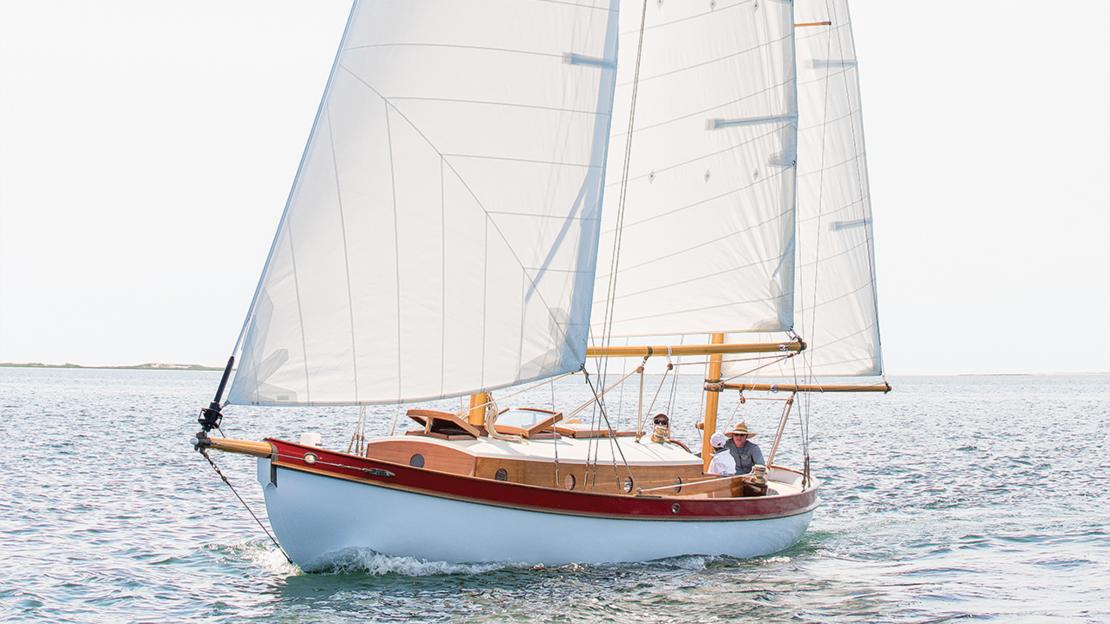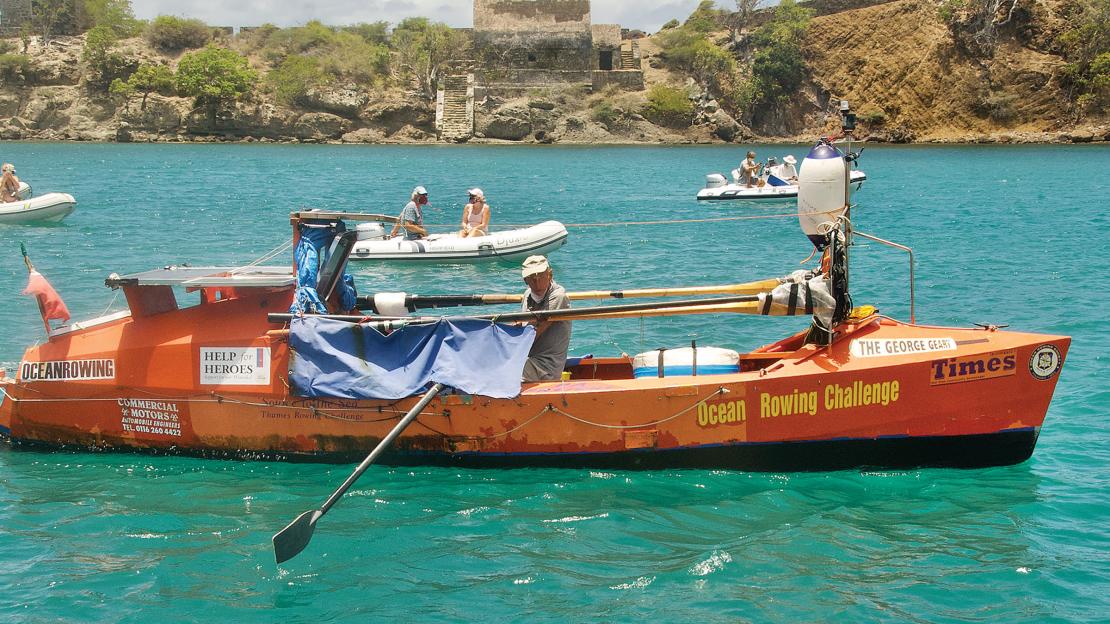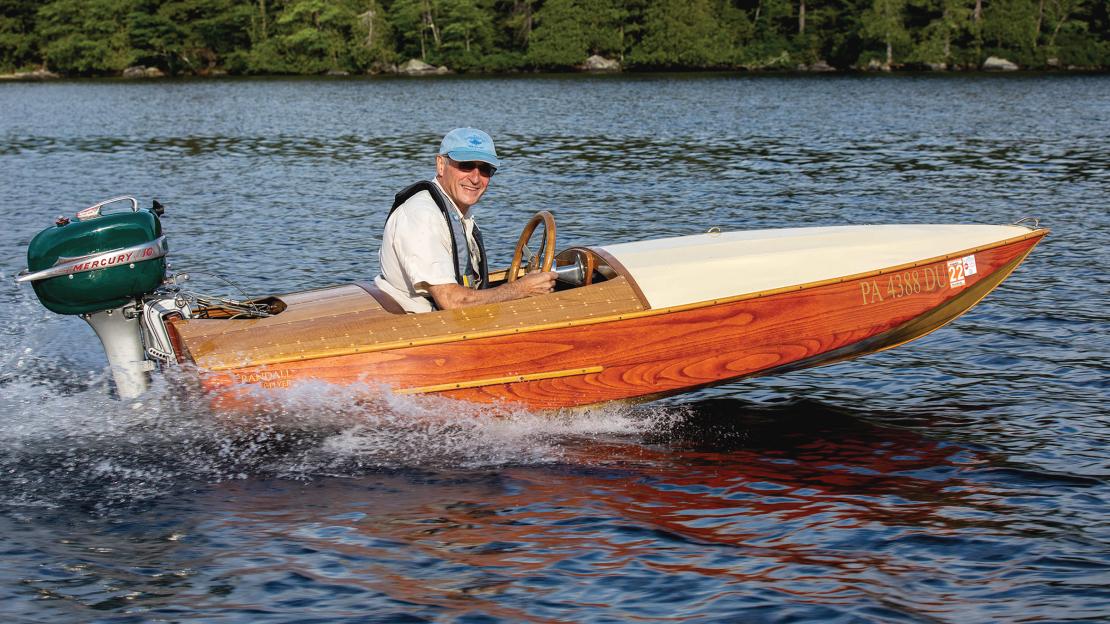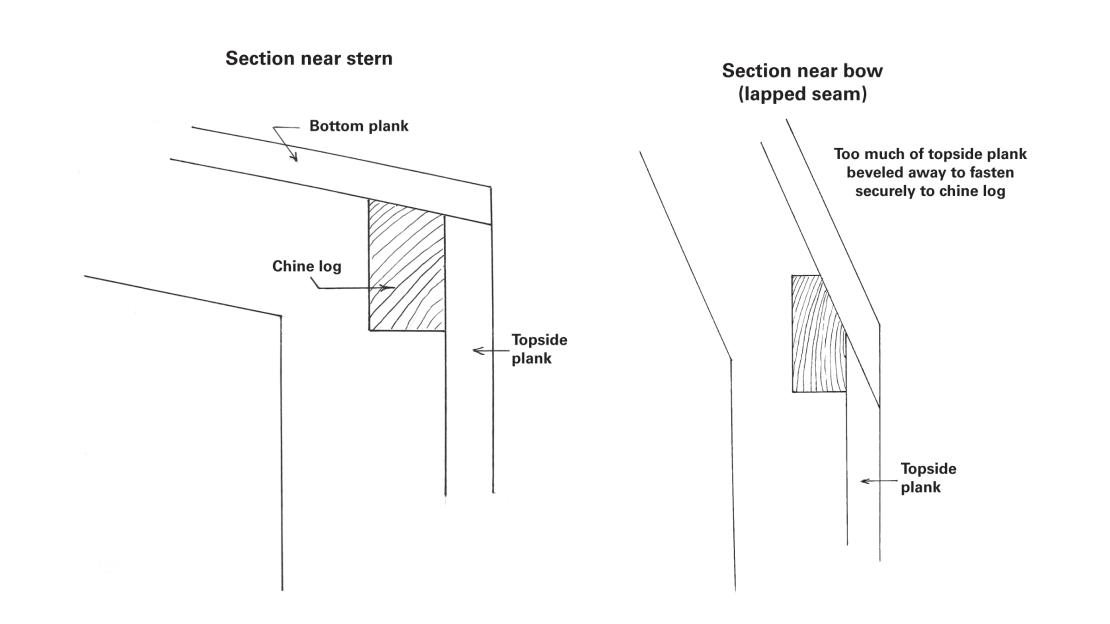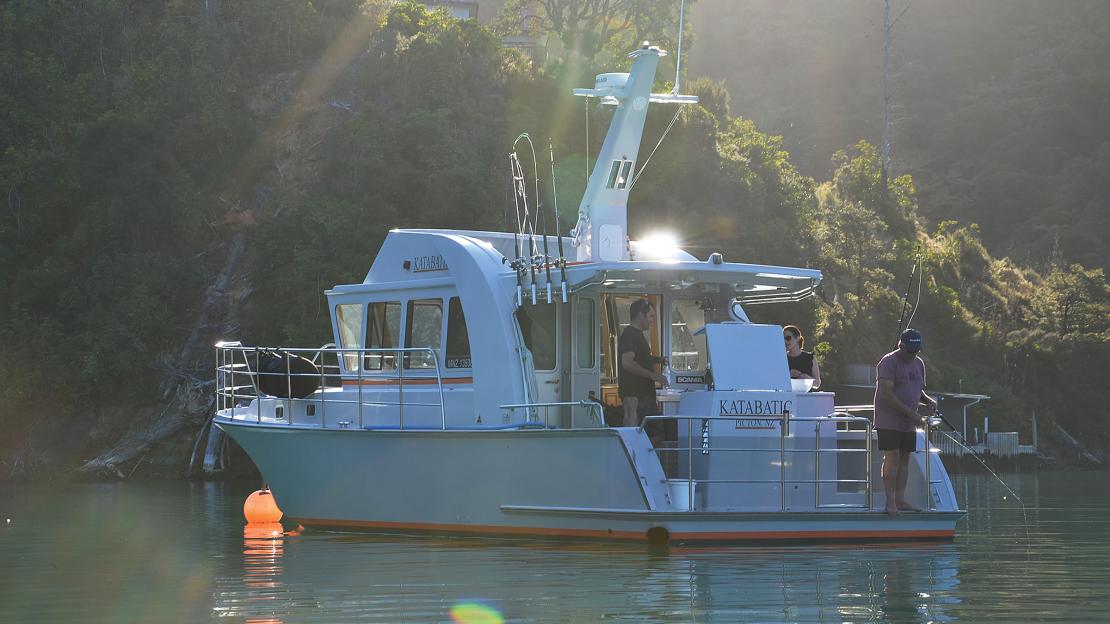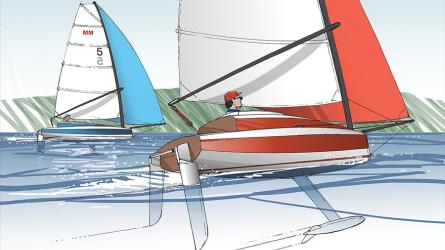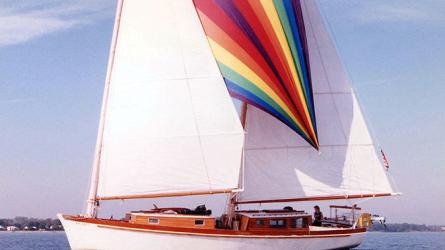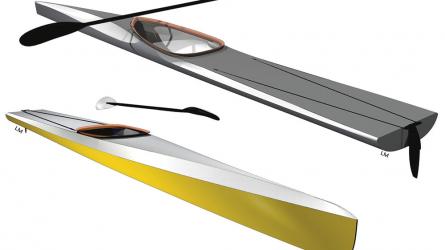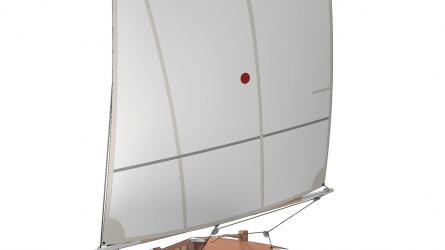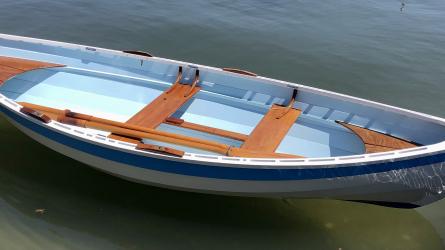Sixty Days
The weeks of May and early June leading up to the launching of my boat were unusually dry, sunny, and calm. I was a little behind schedule on a few brightwork and paint projects in the shed, but that weather pattern felt as if it would last forever. And what’s not to love about painting and varnishing outside, on the mooring, in perfect conditions, with abundant natural light and minimal ambient dust? So, I launched, with a plan to tend to these finishes in the following weeks. And then it started raining. And raining. And raining.
It was a frustratingly wet early summer here on the coast of Maine, though the weeks were punctuated by a few bright spots. On the promise of one forecast, I enlisted some help preparing the toerails, to be followed the next day by a varnishing session. Things went well on day one, with items sanded, taped off, and ready to be wiped down, tacked, and coated the next day. That next day dawned sunny, bright, and calm, as promised. And the varnish started flowing.
Soon after I began the job, a fog bank rose above the treeline of the opposite shore. It soon shrouded the boat, dropping its fine, cool mist on the curing varnish. The day’s weather is recorded in the final result, like a polar climate record in an ice sample. The toerails start off smooth and glossy, and as they make their way around the boat they become subtly and increasingly dull. In the short, sweet Maine sailing season, it makes no sense to spend a July sailing day remedying such a blight. As one friend counseled, “Sixty days. You have sixty days of sailing.”* A line must be drawn. The boat must be enjoyed.
In his article beginning on page 42, Peter Marshall recounts a few similar anecdotes of tragedy and triumph while painting. He recalls one “jet-black boat practically spontaneously combusting in the heat of the day and her crew doing everything they could to hopelessly trowel on a decent paint job. It was a losing battle, but they were not giving up. They should have. I’m pretty sure at one point I saw a paintbrush stick to the side like a kindergartener’s macaroni-art project….”
The focus of Peter’s article is twofold. It discusses how to get your paint to flow—that is, to keep the brush from dragging, while successive strokes blend into each other without hard edges. The article also focuses on getting the paint to “level,” which means having the brush marks settle into a smooth surface before they are entombed in the cured paint. It’s a delicate balance, for too thick a coat that’s “open,” or uncured, for too long, will sag into curtains (ask me how I know), while too thin a coat will not cover. The balance is struck by first considering the ambient weather conditions, and then tailoring the paint with additives to meet those conditions.
At the end of his article, Peter also offers this bit of practical advice—a sort of reality check that echoes the “60-Day” admonition of my friend. “…if you…rushed the job to satisfy a schedule,” Peter writes, “I have some final words of advice for you: Don’t worry about it. It’s just paint. You will be doing it again next year anyway.”
The same, of course, can be said of varnish.

Editor of WoodenBoat Magazine
